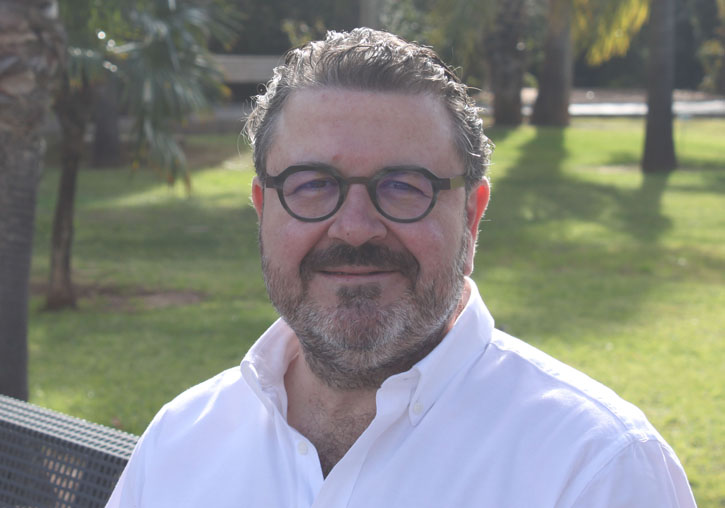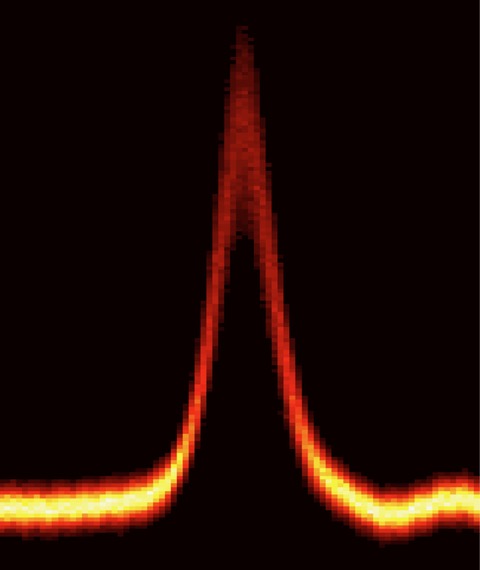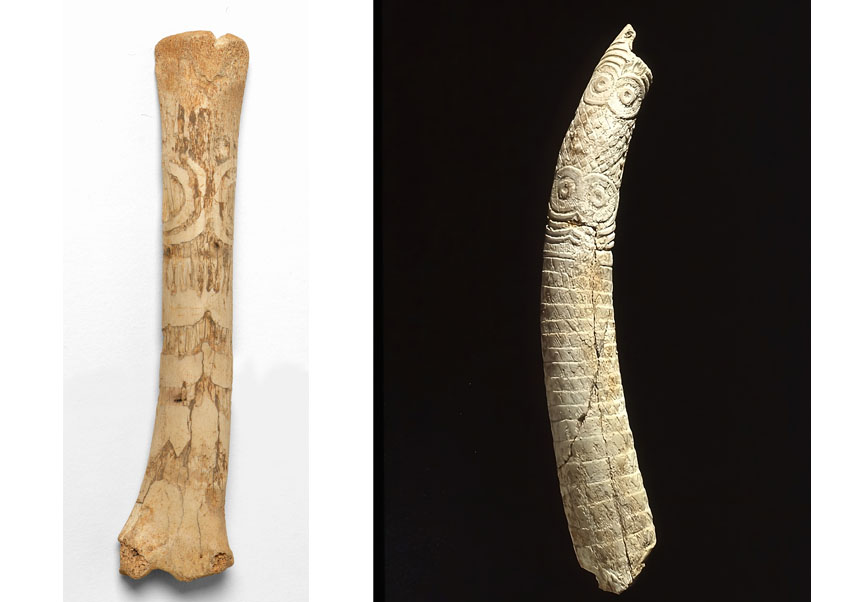An international team led by the University of Valencia formulates a theory that will allow the design of lasers based on quantum physics
- Scientific Culture and Innovation Unit
- January 16th, 2020

A five-country research team coordinated by Germán J. de Valcárcel Gonzalvo, Professor of Optics at the University of Valencia, has developed a new theory —the coherent master equation— that describes the behaviour of pulsed lasers based on fast materials and highlights its effects of quantum coherence (the ability of material and light electrons to oscillate in unison for a time). These lasers can emit intense pulses of light of one billionth of a second at a constant rate and have great technological and scientific impact.
The research, published this Thursday in the journal Nature Communications, opens the door to the design of new types of lasers, especially with semiconductor materials, from quantum theory, which describes in particular the interactions between of matter and luminous radiation electrons.
Mode-locked (ML) pulsed lasers find a wide variety of applications in medical-surgical, microscopy, spectroscopy or telecommunications techniques, as well as in basic science experiments that enable research on phenomena Fundamental. They are also important in precision metrology based on optical frequency combs (a type of radiation used, among others, in GPS or remote sensing technologies), which earned John L. Hall and Theodor W. Hunsch the Nobel Prize in Physics in 2005.
The origins of ML lasers date back almost to the very birth of the laser in 1960, although it was not until 1975 that a simple and predictive theory of its behaviour is available, explains Germán de Valcárcel. This framework, called the master equation, was developed by Hermann A. Haus and has been applied with great success to a multitude of ML laser type.
The research team from Spain, France, Italy, New Zealand and the United Kingdom has worked on the limitations of this theory, which, among others, cannot explain the behaviour of these lasers when the response of the amp medium is rapid pulse repetition frequency.
To overcome this situation, the researchers have conducted a set of semiconductor-based laser experiments that confirm the theoretical predictions of their proposal —the coherent master equation— which also explains the coherent quantum effects observed by other groups in previous experiments.
“The new theory opens the door to exploiting the rich phenomenology of these effects in the design of new types of ML lasers, which could lead to new functionalities and uses, especially in areas such as precision metrology or optical communications”, Germán de Valcárcel explained.
The work is part of the objectives of the project “Non-Linear Dynamics and Quantum Fluctuations of Optical Cavities” (Research Project of Excellence FIS2017-89988P of the Ministry of Science, Innovation and Universities) of which Germán de Valcárcel is the main researcher together with Eugenio Roldán, and in which Fernando Silva and Adolfo Esteban-Martín participate, all of them professors and members of the group of Quantum Optics, Nonlinear Optics and Laser Physics of the University of Valencia.
More information:
A. M. Perego, B. Garbin, F. Gustave, S. Barland, F. Prati & G. J. de Valcárcel, «Coherent master equation for laser modelocking» Nature Communications 11, 311 (2020) https://doi.org/10.1038/s41467-019-14013-4.
Link: https://www.nature.com/articles/s41467-019-14013-4
Photo Captions annex:
Example of laser pulse observed to experiments that can only be explained with the new theory, the coherent master equation.
File in: Producció científica , Investigació a la UV , Internacionalització recerca , Difusió i comunicació científica , Facultat de Física , Òptica , Grups de recerca



















